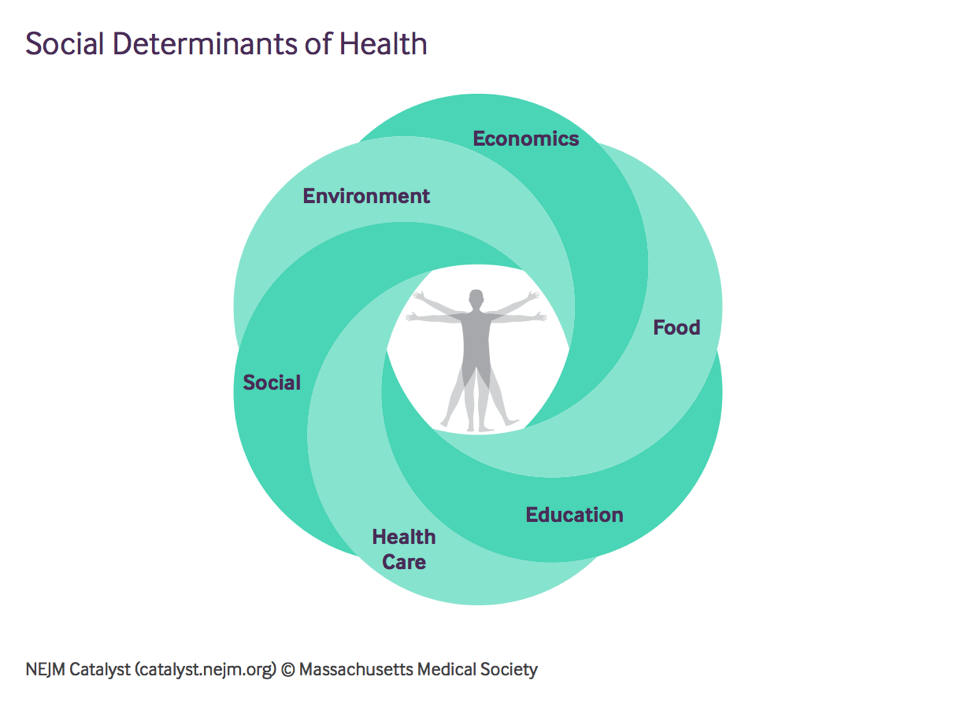More diverse organizations see better results. According to McKinsey research, companies in the top quartile for gender or racial and ethnic diversity see higher financial returns than their counterparts. In healthcare, a more diverse and inclusive organization provides better care that is more culturally responsive to its community’s needs.
However, many organizations maintain that creating a diverse and inclusive atmosphere is hard. Indeed, diversity, equity, and inclusion must be built in to a healthcare organization’s overall strategy, and there must be ways to measure results. This topic was front and center in the ACHE of Massachusetts’ Conference titled, “Diversity, Equity, and Inclusion in Healthcare: Tools for Implementing Actionable Strategies.” Here are some highlights.
How to be a good ally
The conference kicked off with a keynote by Joanne Marqusee, CEO of Cooley Dickinson Health Care in Northampton, Mass. She started by saying, “My job is to make you feel uncomfortable.”
Marqusee talked about how all people have multiple identities, and about the importance of cultural humility. She said being “nice” and “progressive” is not enough. People must actively create and foster a more diverse and inclusive environment.
For those people who are privileged, she provided 5 tips on how to be a good ally:
- Listen
- Recognize the luxury of privilege
- Educate yourself
- Don’t feel the need to be in the spotlight
- When criticized or called out, apologize
Diversity and inclusion in the healthcare setting
Lia Spiliotes, CEO of Community Health Programs in Great Barrington, Mass., talked about how diversity, equity, and inclusion manifest themselves in the healthcare setting. Spiliotes first put forth these important definitions:
Diversity is what we see and what we don’t see.
Equity is an active promise to treat people fairly.
Inclusion means everyone gets a seat at the table.
Spiliotes talked about social determinants of health (SDOH), which are, according to the New England Journal of Medicine:
“…The complex circumstances in which individuals are born and live that impact their health. They include intangible factors such as political, socioeconomic, and cultural constructs, as well as place-based conditions including accessible healthcare and education systems, safe environmental conditions, well-designed neighborhoods, and availability of healthful food.”

According to Spiliotes, SDOH are the questions we should have been asking patients for years, but didn’t. They are the embodiment of diversity, equity, and inclusion in healthcare.
In addition, Spiliotes argued it’s important for healthcare organizations to have staff that looks like their patient populations. This will enable patients to feel included and welcomed. Similar to what Marqusee said in her keynote, Spiliotes said that “beyond our check boxes, each of us is diverse and unique.”
Committing to diversity and inclusion
 The conference ended with a panel comprised of several healthcare leaders talking about their role in diversity and inclusion efforts. Here are a few of the key points discussed.
The conference ended with a panel comprised of several healthcare leaders talking about their role in diversity and inclusion efforts. Here are a few of the key points discussed.
Health equity is ongoing education
Dr. Sarah Perez McAdoo of University of Massachusetts Medical School discussed diversity and inclusion efforts in medical school. She said health equity can’t be taught in one class and discussed her organization’s efforts to augment the experience of med students. She believes it’s critical to understand a community’s voice and perspective. Diversity efforts should be integrated in the medical school setting and longitudinal.
Diversity as a business strategy
Linda Rappaport of Gazelle Strategic Partners talked about how healthcare organizations should approach diversity and inclusion in their employment efforts and organizational strategy. She noted the importance of writing inclusive job descriptions that are gender-neutral. She also said many people complain it’s too hard to find diverse candidates and that they aren’t applying for jobs. However, she argued organizations need to search harder. Some avenues she suggested for job postings were social media (including Twitter and LinkedIn), colleges, and other non-traditional platforms.
SDOH in the community
Frank Robinson, vice president of public health at Baystate Health in Springfield, Mass., discussed the importance of thinking about SDOH on multiple layers. He said that we can take a macro-level view of entire communities; however, when you stratify data, you’ll find there are racial, ethnic, and linguistic disparities at a micro level.
Robinson also talked about how equal treatment is not equity. In addition, he discussed the importance of cultural humility – acknowledging the power differentials and making yourself personally accountable in challenging bias at the individual and organizational level. He also suggested that people take the Harvard Implicit Association Test – which I took and found very eye-opening!
Frameworks for diversity and inclusion
Finally, Betsy Shally-Jensen, director of diversity, equity, and inclusion for Cooley Dickinson Health Care spoke about how her organization has tackled the issue. She said healthcare organizations shouldn’t start over from scratch in their diversity and inclusion efforts, since there are already many blueprints for success, including National CLAS Standards and the #123forEquity Pledge.
Final takeaways
Diversity and inclusion need to be not just a one-time training in organizations, but an ongoing, sustained education initiative that is supported by multiple teams within a hospital or health system.
It’s clear that efforts to improve diversity and inclusion in healthcare are not just the smart thing to do, but also the right thing to do. Diversity and inclusion efforts lead to a better, more well-rounded workforce and a more welcoming and supportive environment for patients, leading to better patient outcomes.
- Solving Hospital CEOs’ Pressing Challenges With Analytics - April 15, 2024
- Navigating the Wellness Wave: Wine & Spirits Data Strategy - April 9, 2024
- Takeaways from HIMSS24 - March 26, 2024




